Annual flowers like impatiens and petunias are vulnerable to the cold and die easily when the frost sets in. However, by planting frost-resistant annuals, you can prolong the beauty of your flower garden and porch planters well into autumn. These hardy flowers not only extend your growing season but also bring charming late-season colors to your garden.
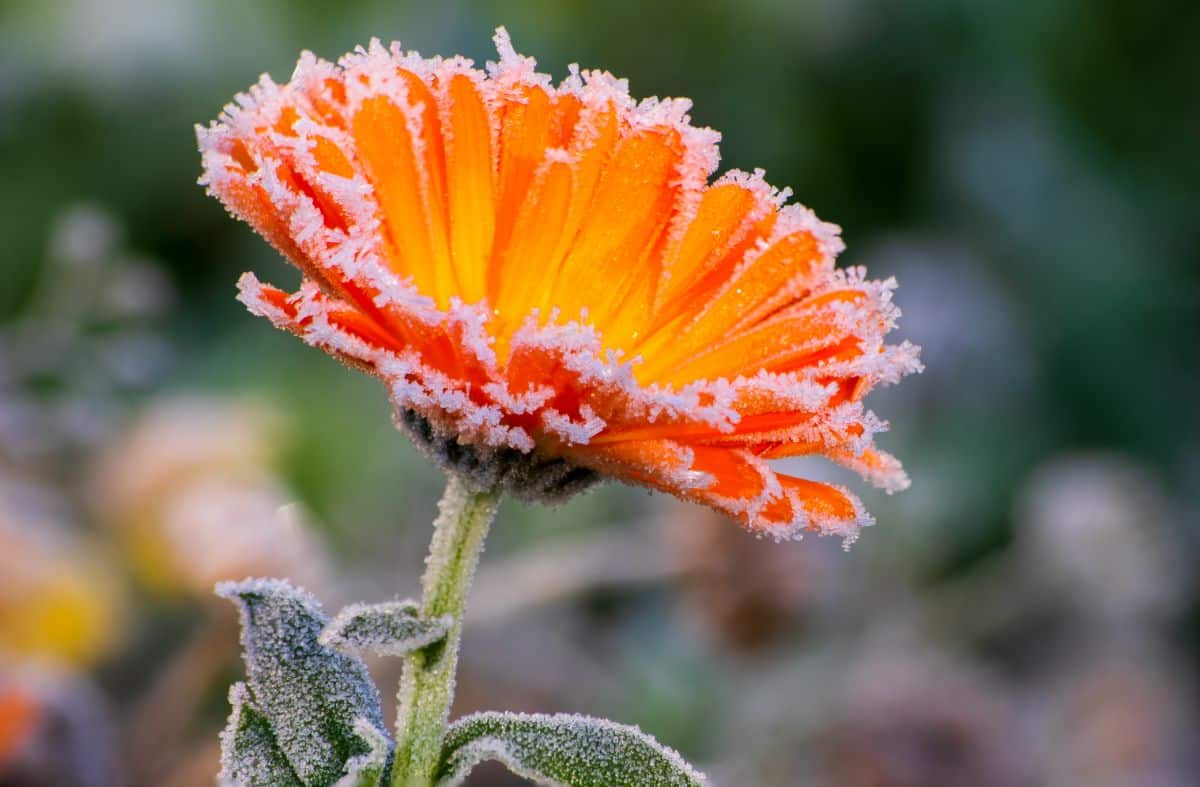
Don’t let frost put an end to the beauty of your flower garden. With these 15 frost-tolerant annuals, you can keep your garden colorful well into the cooler months. Whether you’re looking for plants for your outdoor pots or ornamental garden, this guide will help you find the best options. From pansies and violas to sunflowers and sweet alyssum, there are plenty of hardy options to choose from. So, don’t give up on your garden just yet – add some of these beautiful annuals and enjoy their blooms throughout fall and even early winter!
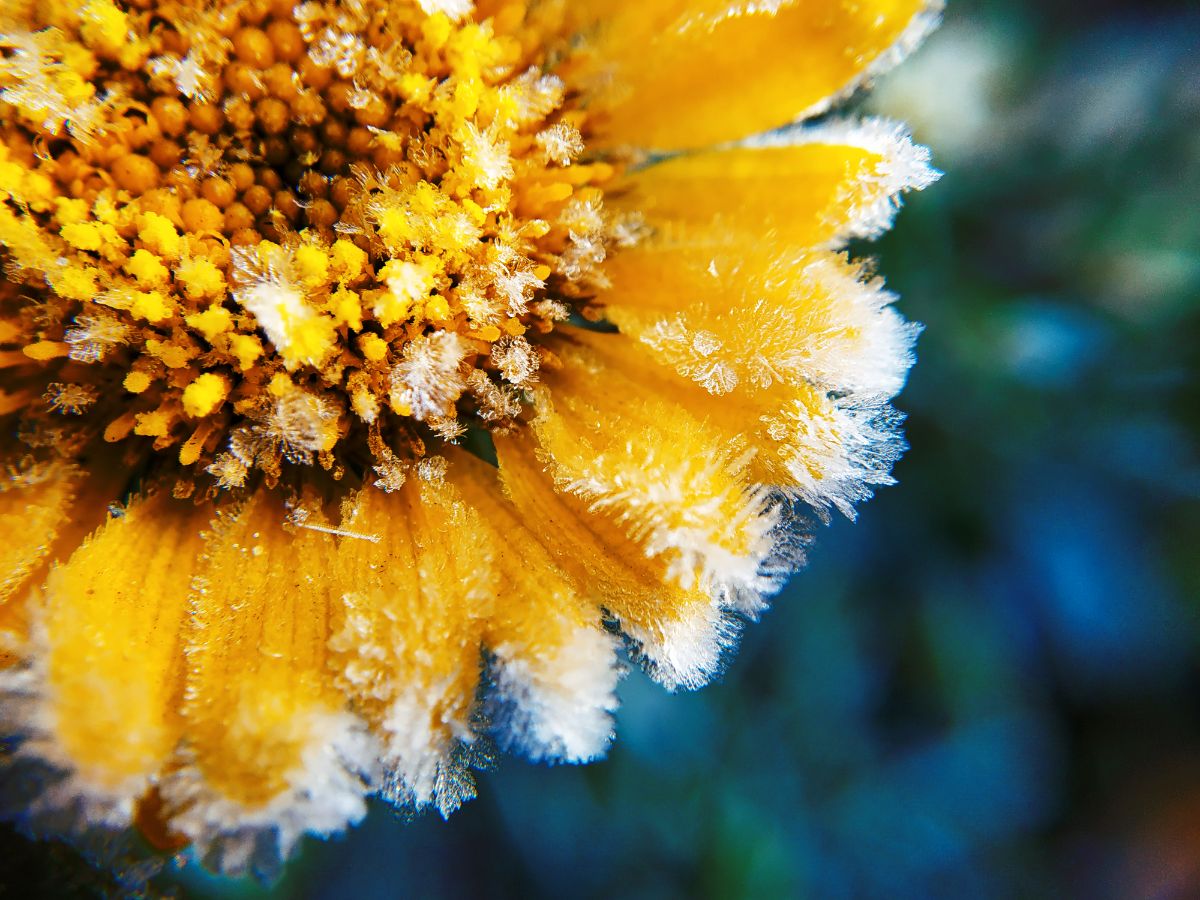
By incorporating frost-resistant annuals into your flower garden, you can prolong your growing season by multiple weeks until the arrival of a hard freeze. These hardy plants are remarkably resilient, and some may even recuperate splendidly following a frost or two. Although they might not withstand severe cold, planting cold-tolerant annuals in your garden can keep it vibrant and lively well into autumn. To further expand your gardening season, utilize items like cloches, frost covers, or overturned cardboard boxes to protect your annuals from a hard freeze. Among the frost-tolerant annual species available, Pansies (Viola tricolor var. hortensis) is a great option.

Pansies are a popular choice for early spring planting and gardening due to their ability to withstand frost. However, they are also a great selection for fall gardening for the same reason. Pansies require full sun to part shade and moderate watering. They can be grown in zones 6 to 10 as perennials or as annuals in cooler areas. Despite their delicate appearance, pansies are highly resilient and can survive cold temperatures, including light frost and short, hard freezes. They are often grown in containers and flower beds, reaching a maximum height of 12″. Pansies come in a variety of colors, making it easy to find the perfect match for any garden or home decor. Another great option for gardening is Viola pedunculata, or violas, which have similar characteristics to pansies.
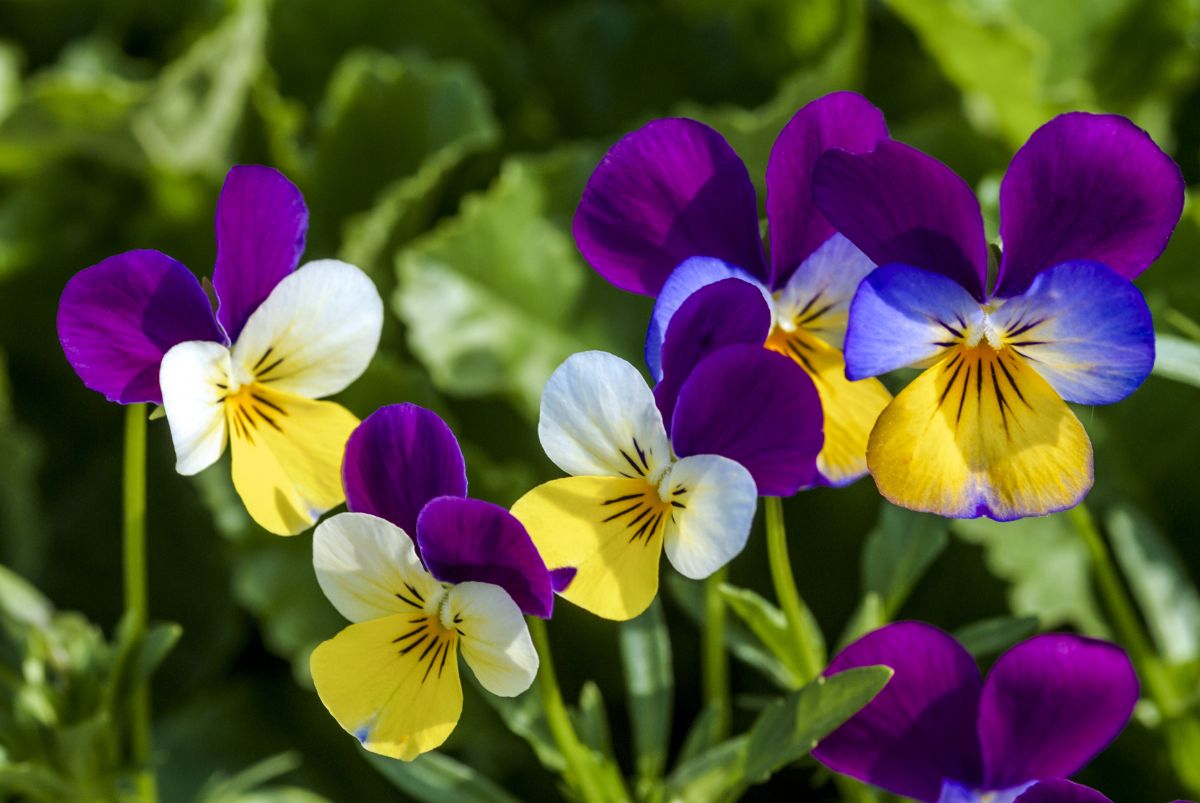
Violas are a great option to extend the flowering season, similar to pansies. They thrive in full sun to part shade and require moderate watering. Growing zones 3 to 8 are ideal for these hardy plants that can withstand freezing temperatures. Violas look very similar to pansies but have smaller flowers and better heat tolerance. Their compact size makes them perfect for adding a pop of color to the front of flower beds. The blooms of violas come in a variety of colors like purple, yellow, white, blue, and orange. In autumn, violas continue to bloom even after other less hardy plants die back, enduring hard frosts as long as the cold doesn’t stay for an extended period. They are also easy to start from seed, with plants ready to flower in fall if planted around late July. Additionally, violas can be pressed to preserve through the winter.
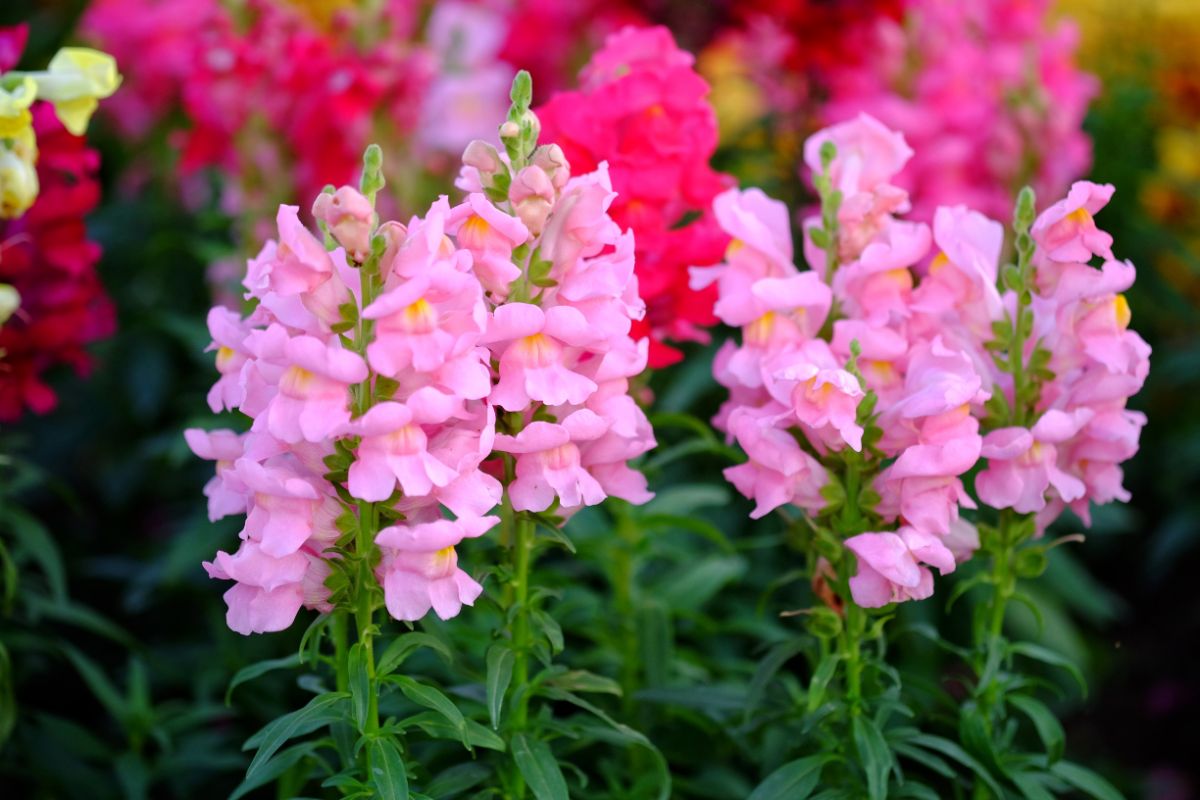
Snapdaons are capable of surviving mild frosts, and with some measures taken, they can withstand even harsher temperatures. These plants require full sun to part shade and a moderate amount of water. They can be grown as perennials in zones 7 to 11 or annuals in colder regions. Snapdaons grow speedily from seeds and can bloom multiple times throughout the growing season. Their flowers come in various colors such as pink, yellow, and purple. Planting different snapdaon flowers together can make them look even more vibrant. These plants are known for their unusual flower shape that opens and shuts when gently pressed on the sides, reminiscent of snapping jaws. Snapdaons are autumn bloomers, and they can still thrive after other flowers have wilted. While light frosts do not pose much of a problem to snapdaons, hard frosts can affect these plants. However, by using coverings such as cloches or overturned milk jugs, you can protect your snapdaons and keep them blooming. Once the cold weather has passed, feel free to uncover your plants and continue enjoying their beauty well into fall!
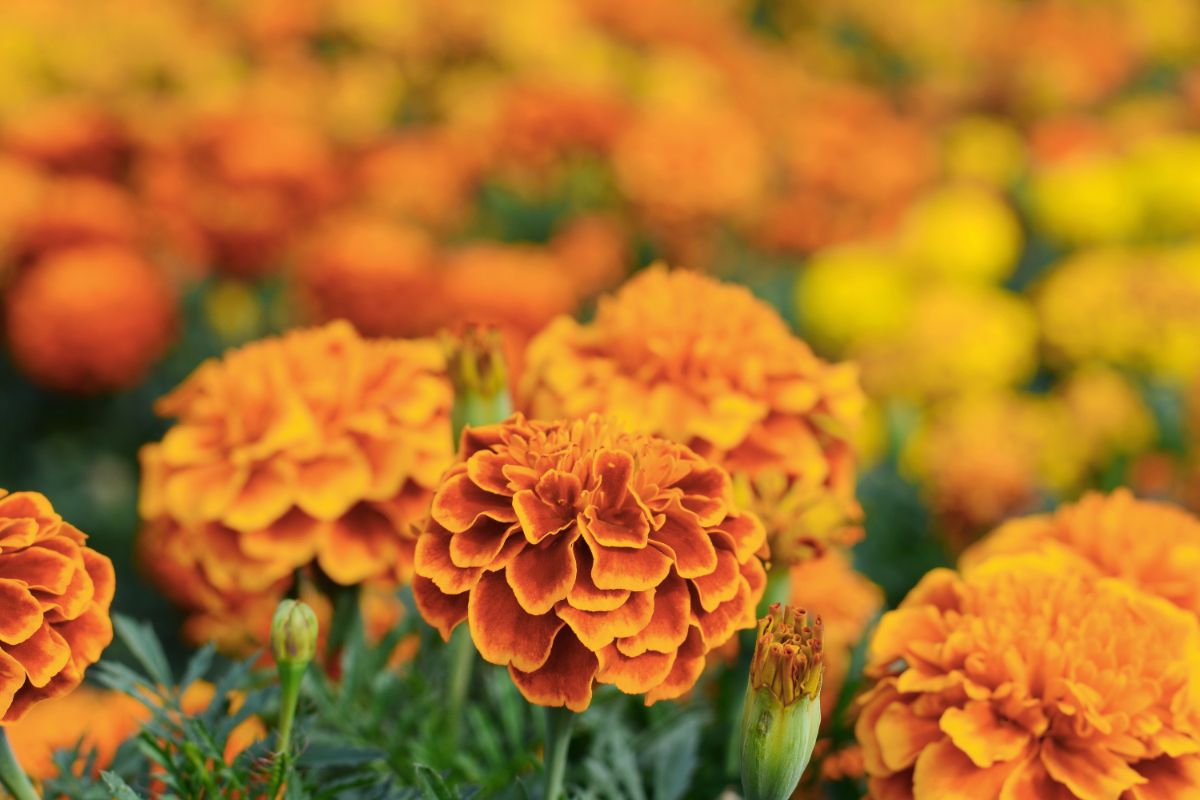
Marigolds are a great addition to any garden as they not only serve as companions to vegetables, but they also have an ornamental appeal that can beautify any space. They require full sun and moderate watering, and are hardy enough to survive light frosts. Marigolds come in different varieties, with dwarf marigolds being perfect for container growing and French marigolds being ideal for natural pest control. These cold-hardy plants bloom from early summer through fall and produce seeds that can easily be collected for next year’s garden or allowed to self-sow. If you’re looking for another fall favorite, consider planting chrysanthemums, also known as mums.
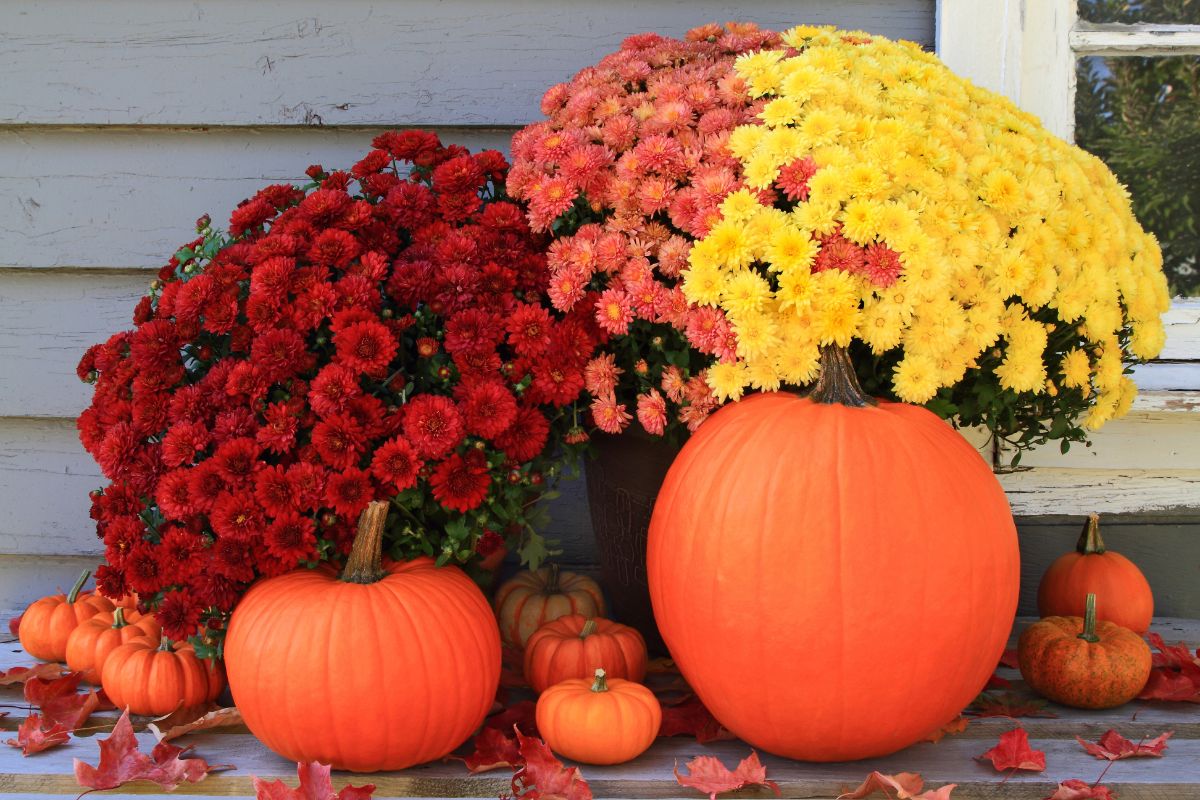
When it comes to autumn gardening, the most resilient chrysanthemums to grow are the ones that are naturally hardy. These plants are commonly known as mums and require full exposure to sunlight and moderate watering. They can grow in zones 4 to 9 and can tolerate light frost. Mums are a great addition to any garden as they come in an array of colors such as purple, orange, red, and other fall-inspired shades. Although some types of mums are seasonal and may not survive severe frost, hardy mums like Chrysanthemum morifolium can grow as perennials in even the coldest regions. You can easily purchase mums from garden centers during autumn to enhance the beauty of your front porch and patio. However, if you plan on planting them in your garden, it’s best to do so early enough to allow for root development before the ground freezes solid. Another great autumn plant to consider is Calendula officinalis.
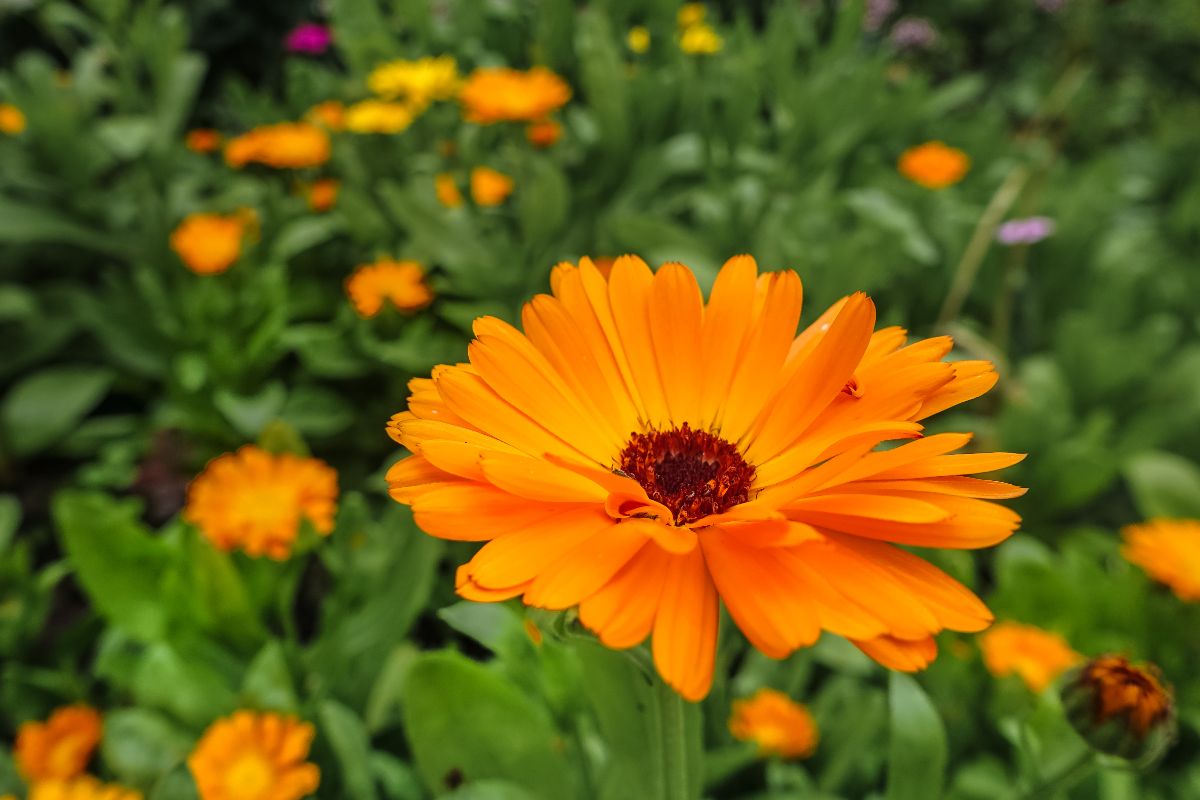
Calendula, also known as pot marigolds, can serve as a great source of food for pollinators during the later months of the year. These plants thrive in full sun to part shade and require moderate watering. They can be grown as perennials in zones 9 to 11 or annuals in cooler areas, and are capable of withstanding light frost. While calendula is generally known for its medicinal properties, it is also a top flower for attracting pollinators due to its ability to continue blooming well into the fall season. You can easily grow calendula from seeds, or purchase plants at local nurseries in autumn. Additionally, succession sowing every 2 to 4 weeks throughout the growing season can extend the bloom time and yield more calendula flowers. Another great option for pollinator-friendly flowers is Dianthus, also referred to as Dianthus spp.
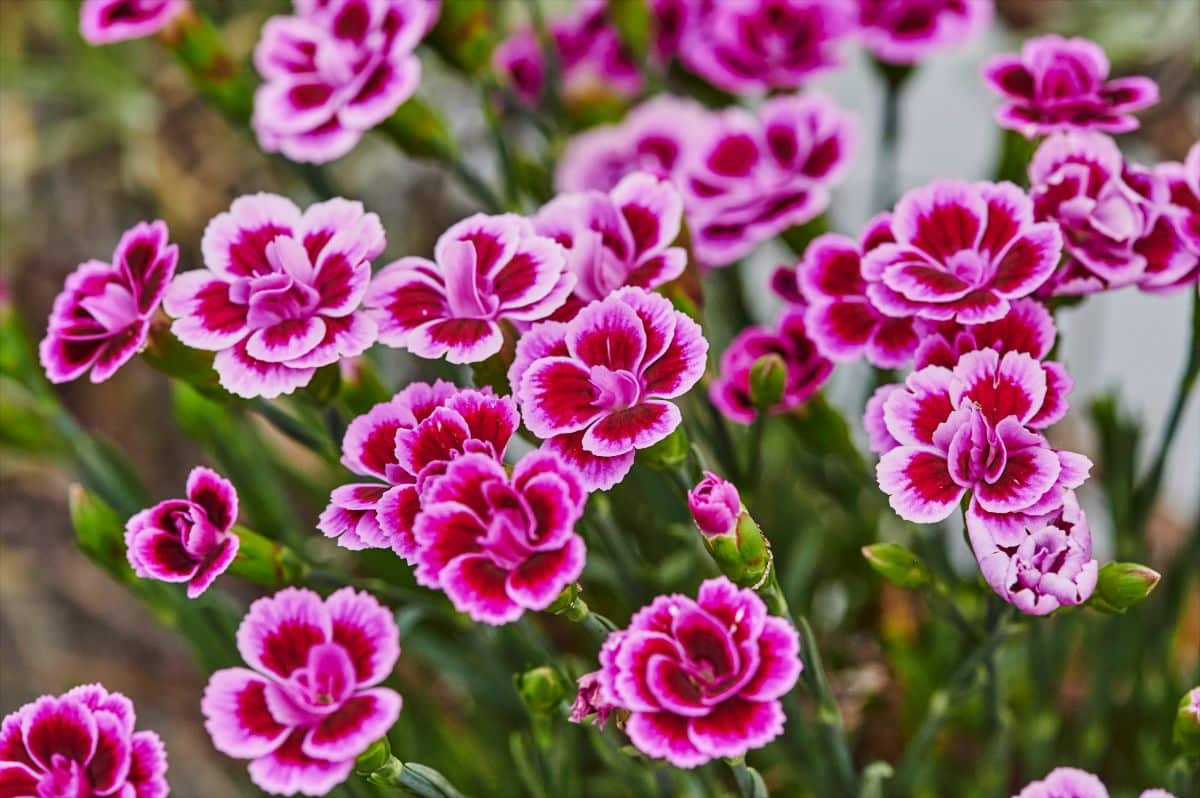
If you’re looking for fall flowers to cut and use in bouquets, consider planting cold-hardy dianthus. These plants can handle light frost and are a top choice for cutting gardens. They can be grown in containers or flower beds as long as they get plenty of sunlight. While dianthus is typically grown annually, it can also grow perennially in warmer climates. Some varieties will even self-sow. Dianthus leaves add texture to garden beds, and some types have attractive greenish-gray foliage. If you’re looking for other fall flowers to plant, consider bachelor buttons (Centaurea cyanus).
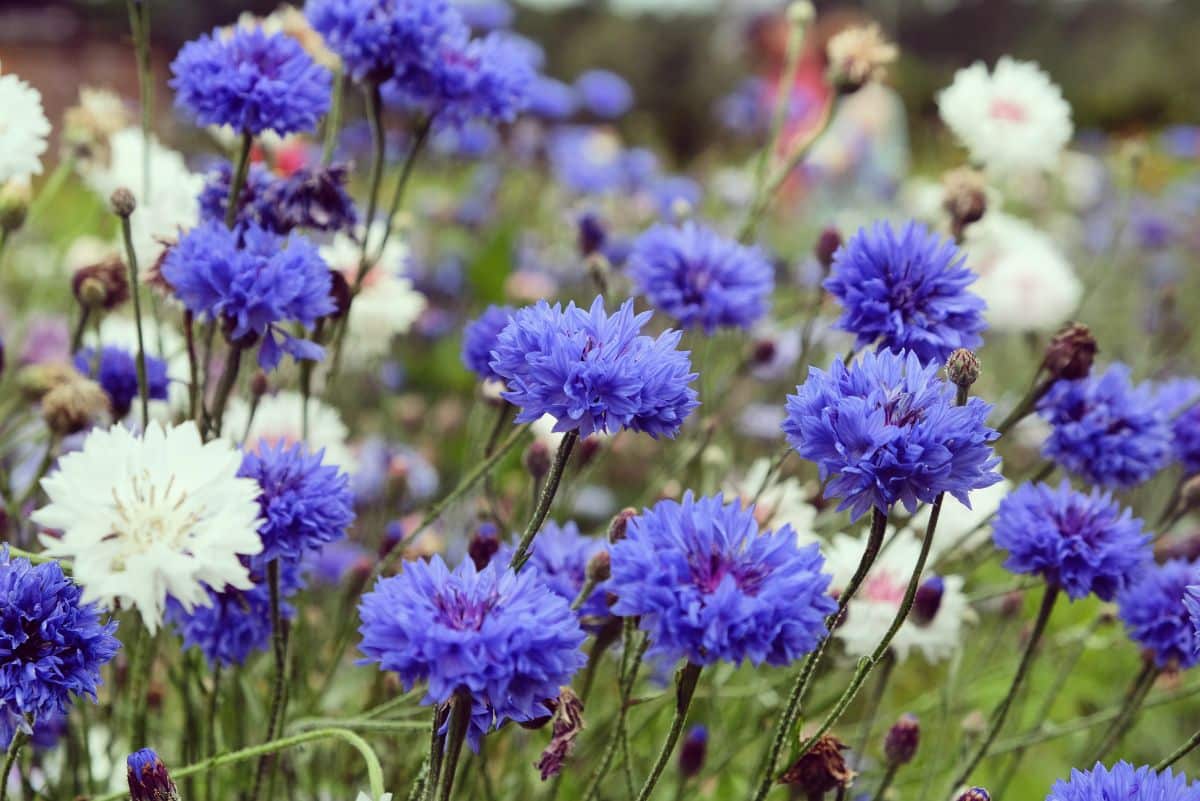
Bachelor buttons, also known as cornflowers, are annual plants that can reseed themselves. They require full sun and moderate watering, and they are hardy enough to withstand light frost. These fast-growing plants produce abundant shaggy blooms in shades of blue, purple, and white, making them an excellent addition to ornamental beds as well as vegetable gardens. They also offer edible flowers that can be used as salad toppers or garnishes. Bachelor buttons pair well with other cold-hardy plants such as violas and dwarf sunflowers. Once their flowering season is over, you can collect the seeds for seed saving or allow them to self-seed in your garden.
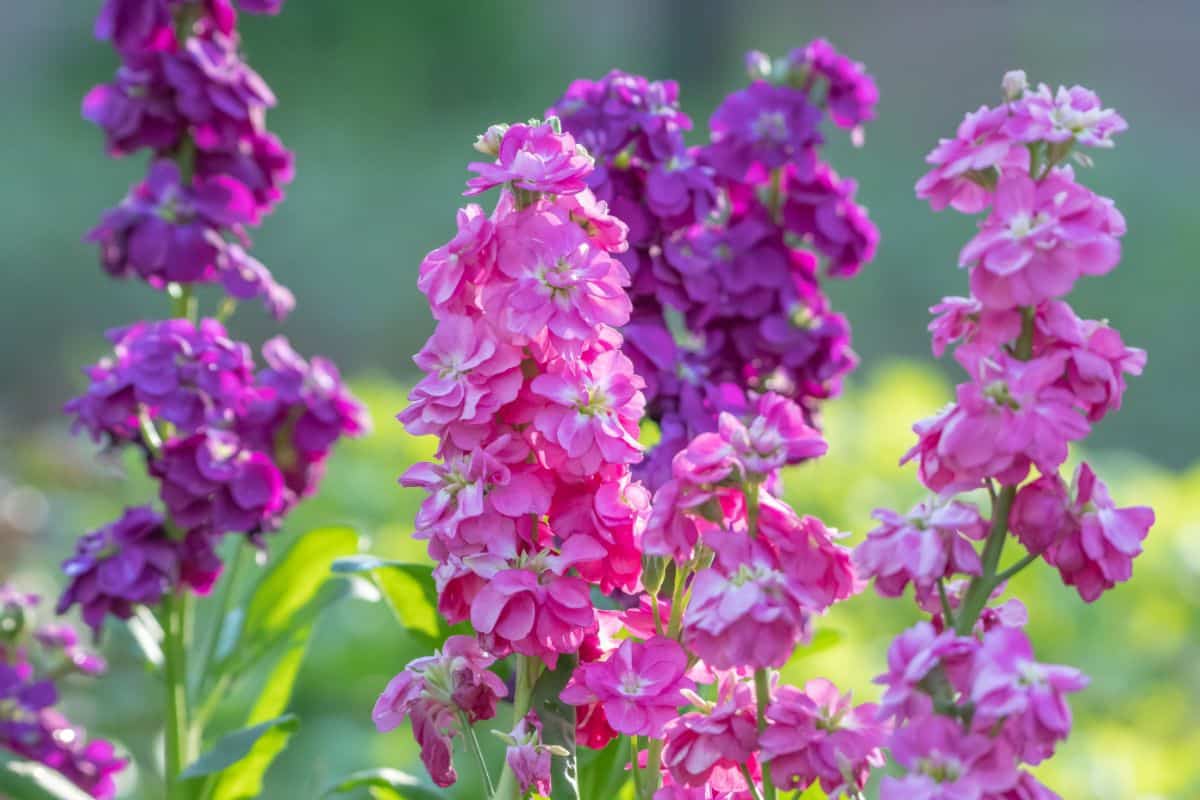
Stock plants thrive better in cooler temperatures rather than the scorching heat of summer. This plant, also known as Gilly flowers, has a rich history dating back to centuries ago. According to legend, President Thomas Jefferson introduced stock plants to the United States and planted them in his Monticello estate. Today, stock remains a popular choice for cottage garden designs.
Stock plants produce frilly flowers in varying shades of pink, purple, white and even bicolor options. These attractive flowers emit a light clove-like scent and are edible. While stock stops flowering during summer due to its dislike for hot weather, some varieties continue to bloom late into the season, and they can even withstand light frost.
For optimal growth, stock requires moderate watering and a full sun to part shade environment. It can be grown as perennials in zones 7 to 10 or kept as annuals in cooler locations. Light frost does not pose a significant threat to stock plants, making them a hardy and resilient option for gardens.
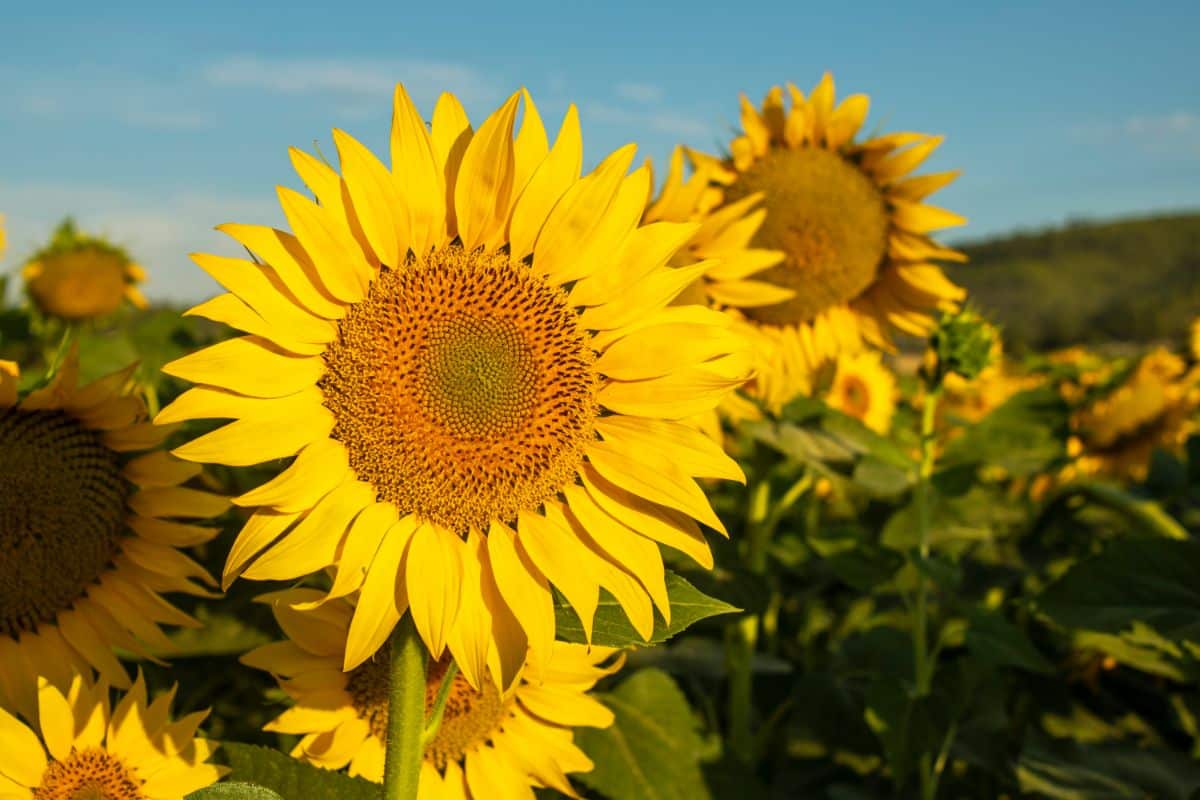
Sunflowers, with their full sun and moderate water requirements, can grow in Zones 2 to 11. Their hardiness depends on their stage of development, with mature plants being able to survive a hard freeze but young plants being more sensitive to frost. Sunflowers can withstand cold temperatures and some frost if they are at the R7 stage, where the back of the flowerhead begins to yellow, and can tolerate temperatures as low as 25F. To add a seasonal touch to your garden, plant a mixed bed of sunflowers and other autumn favorites or keep dwarf sunflowers in a planter with decorative pumpkins. Sunflowers come in various colors, including maroon and pure white, and frilly flower shapes like ‘Teddy Bear.’ Ensure you consult your seed packet before planting to determine the best time for autumn blooms. Additionally, Million Bells, also known as Calibrachoa x hybrida, is another plant to consider for your garden.

Million bell plants may look fragile, but they are actually quite resilient. These plants, also called trailing petunias, were created from South American plants and introduced in the 1990s. They have small petunia-like blooms in a range of colors, such as purple, pink, blue, yellow, and bronze. Million bells can be grown in porch planters, hanging baskets, or used as groundcover in sunny spots. While they can grow perennially in warmer zones 9 to 11, they are mostly kept as annuals in cooler areas. Although they cannot withstand hard freezes, they can tolerate light frost and cooler weather with protection. To ensure their well-being, plant million bells in fertile, well-draining, slightly acidic soil and expose them to full sun to partial shade. Another colorful option for gardeners is the Nasturtium (Tropaeolum majus).
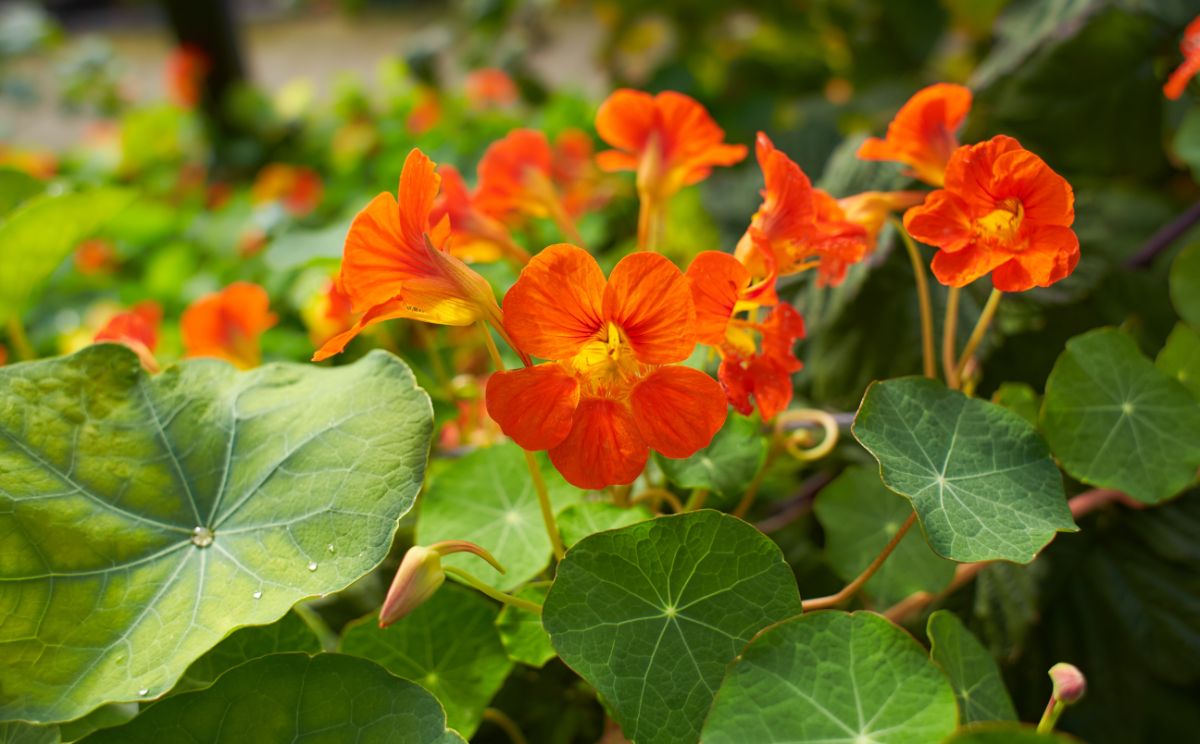
Nasturtiums are a beautiful and versatile plant that can continue to bloom throughout the fall season. They prefer full sun to part shade and moderate watering. Nasturtiums can be grown as perennials in zones 9 to 11 or annuals in cooler locations, with a hardiness level that can handle light frost. These plants have unique scalloped leaves and trumpet-shaped flowers that come in various colors, including orange and yellow. Trailing nasturtiums are ideal for hanging baskets and containers while mounding varieties work well in garden beds. Nasturtiums are usually grown from seeds and can be added to salads and other dishes for their edible and delicious leaves and flowers. Even as temperatures drop, these plants will continue to bloom until they face hard freezes.
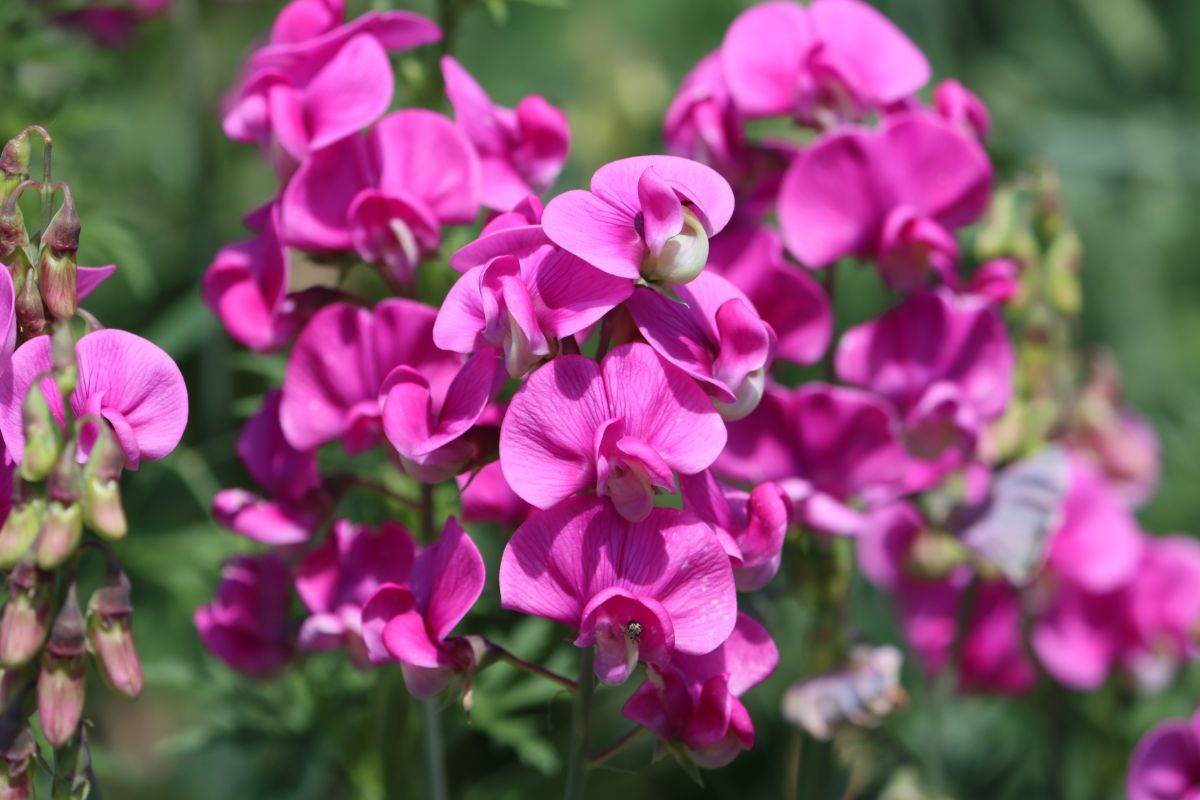
Sweet peas are a type of pea that can withstand colder temperatures, including frost. These plants thrive in full sun and require high levels of water. They are hardy enough to grow in zones 3 to 8, and can tolerate light frost. Despite their delicate appearance, sweet peas are able to handle temperatures as low as 25F, as long as the weather is dry. However, cold and humid conditions may cause damage to these plants. Sweet peas are a popular choice for spring and autumn gardens due to their resilience. While they can survive cool weather, they struggle in hot conditions and will fade during summer. A second crop of sweet peas can be planted in mid-summer to early fall for a second wave of flowers. In mild climates, sweet peas can even be planted as late as November. In addition to sweet peas, dusty miller (Senecio cineraria) is another plant to consider for your garden.
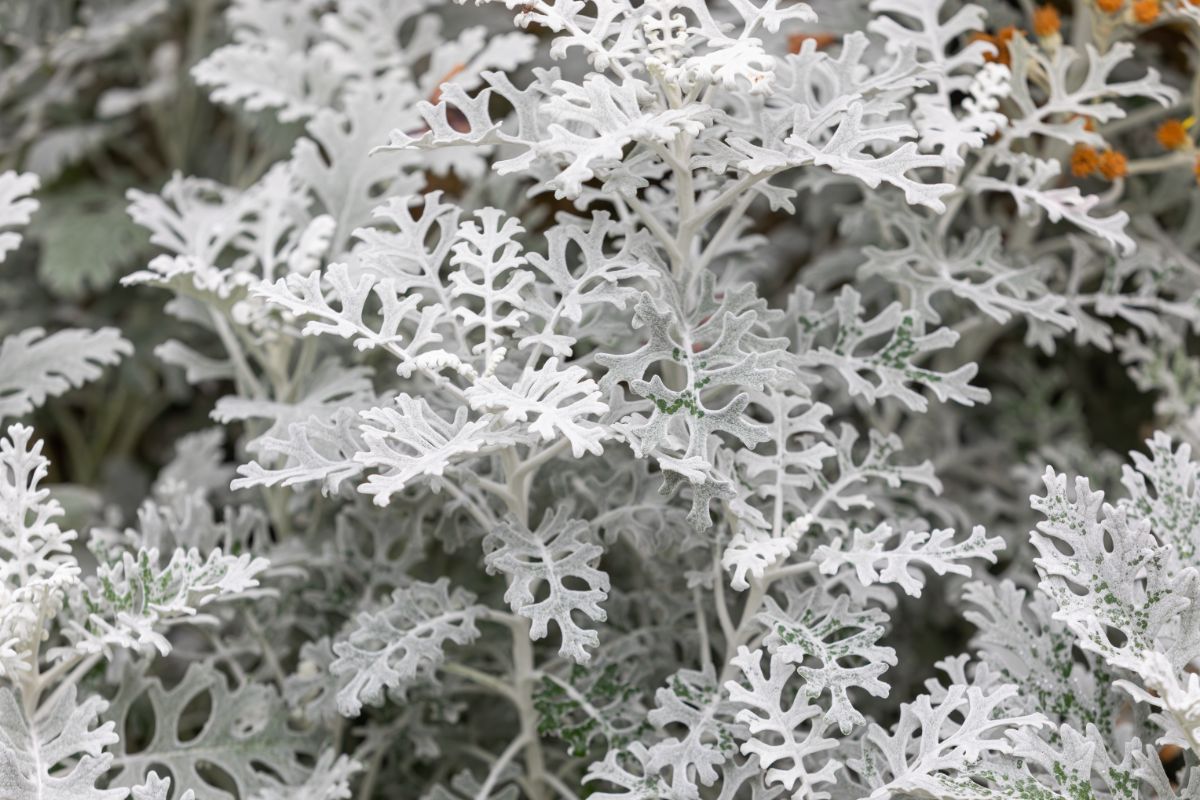
Fall gardens can benefit from the addition of dusty miller, a plant with silvery foliage that pairs well with many autumn flowers. This plant thrives in full sun to partial shade and requires moderate watering. Dusty miller can be grown as a perennial in zones 7 to 10 or as an annual in cooler areas, and it can withstand light frost. Its striking appearance makes it a popular choice for window boxes and planters, and it also adds interest to inground plantings. In fall, dusty miller is often used alongside marigolds and mums, but it can also be used to highlight other cottage garden favorites like stock. While most gardeners purchase nursery-started plants, growing dusty miller from seed is also an option for those looking to save money. It’s important to start these seeds indoors about 8 to 10 weeks before your last frost date, as they take a while to grow. When caring for dusty miller, remember to water it at the soil line to avoid wetting its leaves.
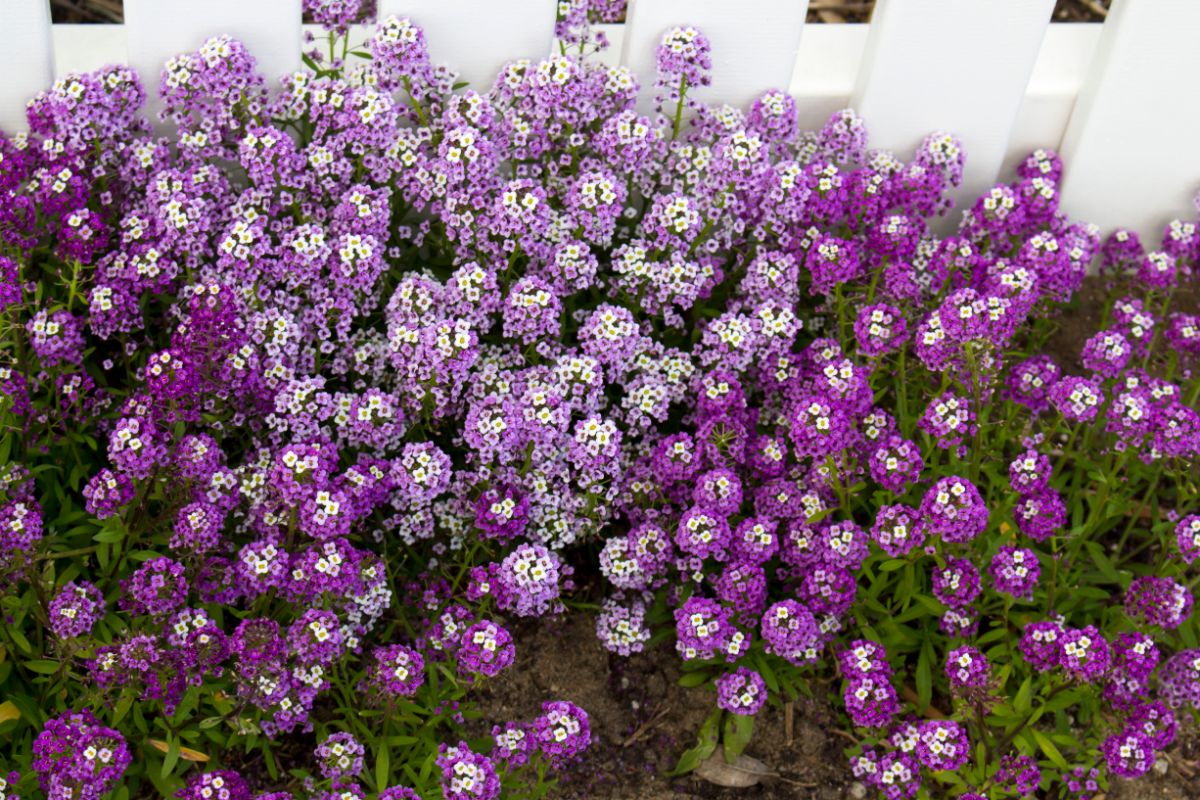
Sweet alyssum is a plant that can survive frost, but only if it is mature and well-established. It requires full sun to part shade and moderate watering, and can grow in zones 5 to 9. While older plants can withstand light frosts, younger ones are more vulnerable. Sweet alyssum attracts bees, butterflies, and hummingbirds with its purple and white flowers and sweet fragrance, and continues to bloom even in cooler weather. Its spreading growth habit makes it perfect for porch planters, hanging baskets, borders, or groundcover. However, be aware that young plants may not be able to tolerate cold damage.
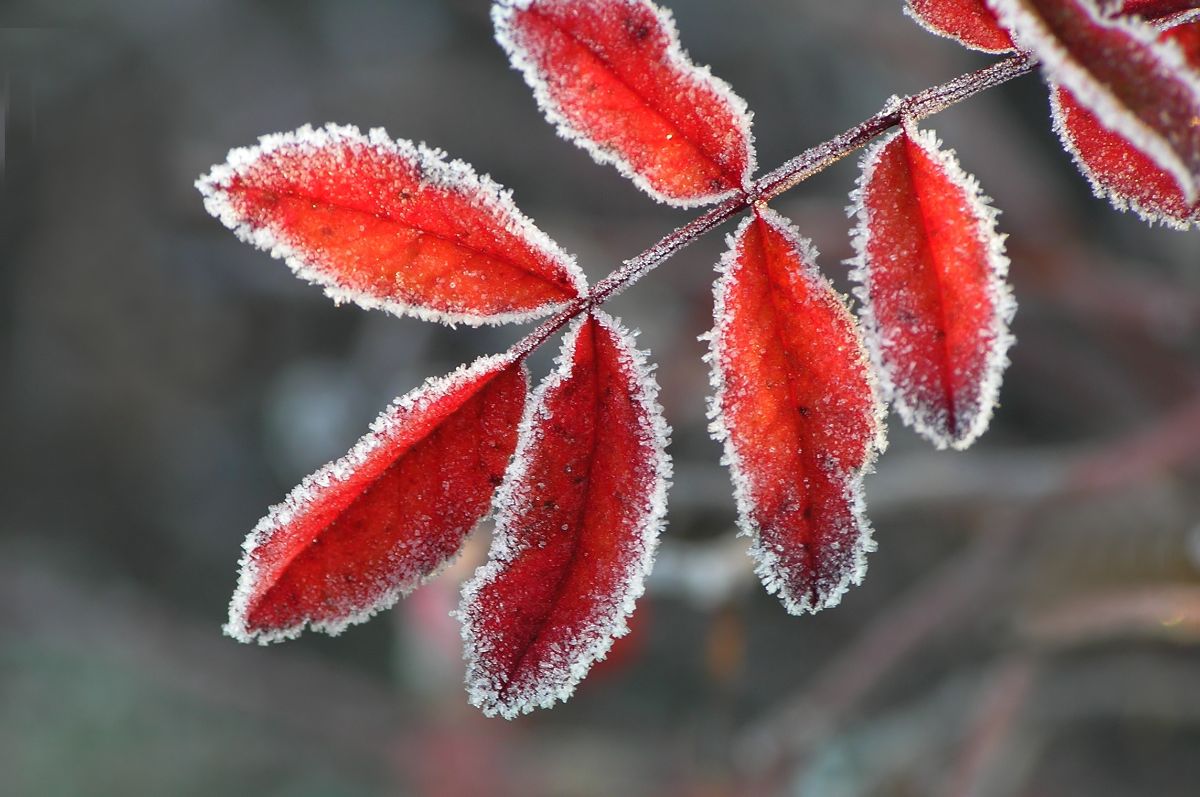
This article provides information on how to protect plants from frost and what temperatures certain types of flowers can tolerate. Hardy annuals can survive light frosts but typically die back when temperatures drop below freezing. Wave petunias are more cold-hardy than other types of petunias, which struggle in cool weather. Impatiens cannot survive frost. Gardeners can protect their plants from hard frosts by using cloches, frost covers, or makeshift covers like bedsheets or cardboard boxes. Porch planters and pots can be rated as frost resistant or frost proof, with frost proof being the more durable option. Watering plants before a frost can help them survive.
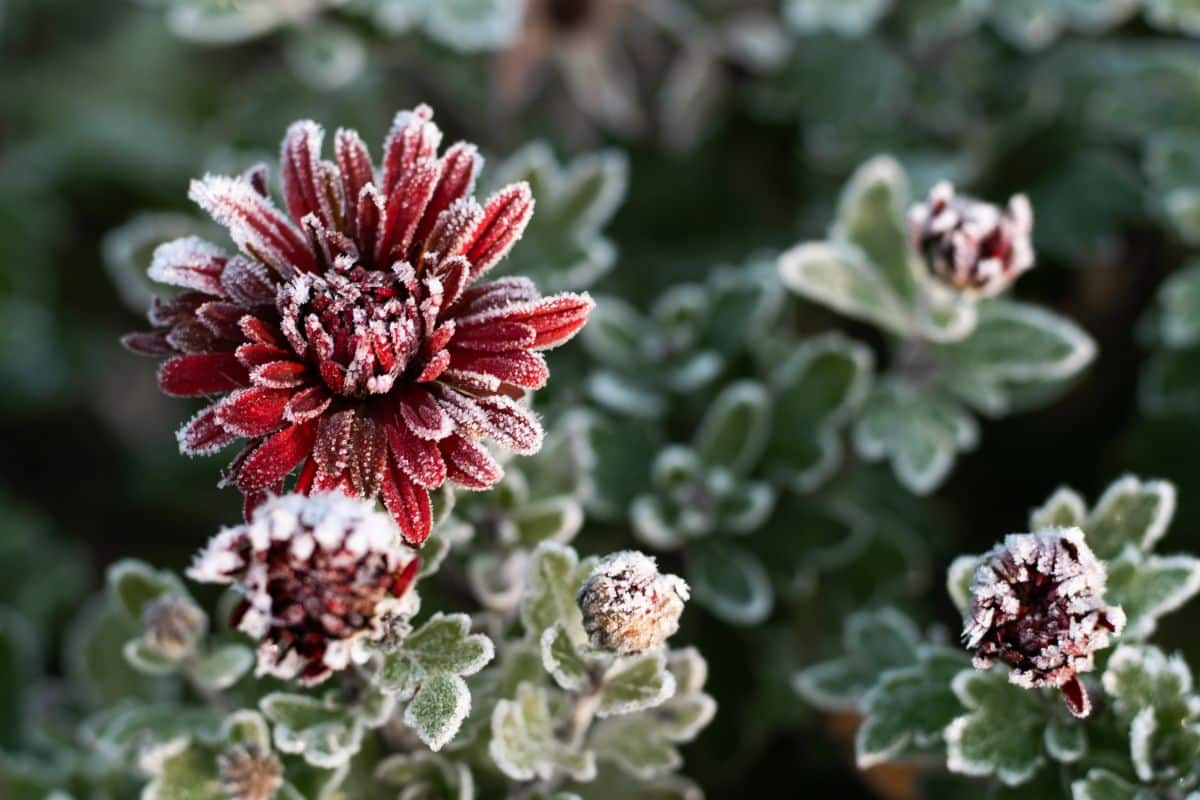
Choosing the right plants and taking good care of them can give your flower garden and containers an extra month or more of fall color. By selecting cold-hardy annuals and providing frost protection, you can prolong your growing season and enjoy vibrant, locally grown flowers well into autumn. When your annuals eventually wither away, you can keep your garden alive throughout the winter by planting winter interest plants. Moreover, planting spring ephemeral bulbs in autumn will give you earlier blooms when spring arrives.





